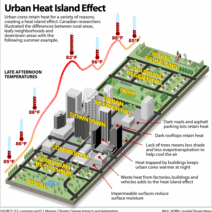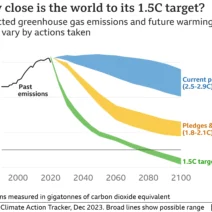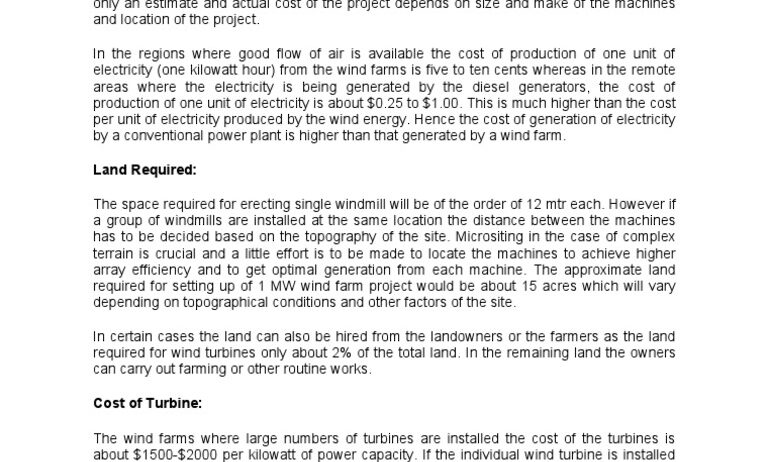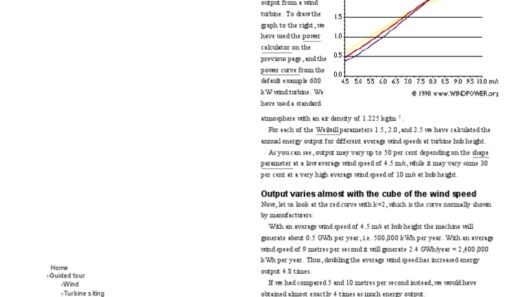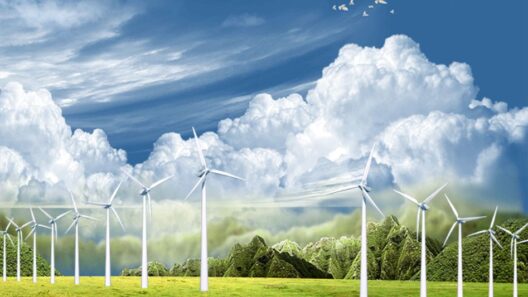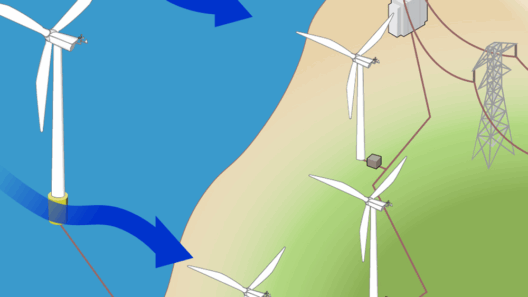Wind energy farms are a pivotal component in the transition towards renewable energy, leveraging the natural power of the wind to produce electricity efficiently. As societies strive to diminish their carbon footprints and combat climate change, understanding the operations and intricacies of large-scale wind farms becomes essential. This article delves into what wind energy farms are, how they function, and addresses common concerns associated with their implementation.
Wind energy is harnessed using large turbines that convert kinetic energy from the wind into mechanical power. In a wind energy farm, typically located in open fields, offshore areas, or mountainous regions, a cluster of these turbines work in unison to generate electricity for extensive distribution. The operational mechanism of these farms involves various stages, from site selection to energy distribution.
Understanding the significance of wind energy requires a closer look at the operational framework of wind farms. Factors include not only the physical machinery but also environmental conditions, regulatory considerations, and technological advancements. Each aspect plays a crucial role in determining the farm’s efficiency and contribution to the grid.
Location, Location, Location: The Art of Site Selection
Choosing an optimal location is one of the most critical elements in the establishment of a wind energy farm. Ideally, sites should be chosen based on average wind speed, consistency, and local topography. Areas with high elevations or coastal regions often provide stronger wind currents. This ensures that turbines can generate a substantial amount of energy, yielding greater returns on investment.
Moreover, proximity to existing power lines is also essential. By situating wind farms near transmission lines, the cost of transporting the generated electricity to consumers is significantly reduced. Environmental impact assessments and community acceptance also influence site selection, as stakeholders often voice concerns regarding land use, wildlife preservation, and noise pollution.
The Machinery Behind the Power: Wind Turbines and Their Functionality
At the heart of every wind energy farm are the wind turbines. These towering structures are designed to extract wind energy efficiently. Turbines consist of rotor blades, a nacelle (which houses the generator), and a tower. As the wind blows, it turns the rotor blades, which are affixed to the nacelle. This movement activates the generator, producing electricity.
The design and technology behind these turbines have evolved tremendously. Modern turbines can be up to 500 feet tall, with blades extending over 200 feet in diameter. Their sheer size allows them to capture more wind energy, making them more efficient than their predecessors. Furthermore, advancements in materials science have led to the development of lighter and stronger materials, enabling larger and more efficient designs while maintaining durability.
Wind turbines can also be classified into various types based on their orientation. Horizontal-axis turbines (the most common type) rotate on a horizontal axis, while vertical-axis turbines are less common but can capture wind from any direction. Each design has its benefits and drawbacks, which must be assessed in relation to site-specific conditions.
Powering the Grid: Energy Conversion and Distribution
Once wind turbines generate electricity, it must be converted and transmitted to the power grid. The electricity produced is typically in the form of alternating current (AC), which is then transformed into an appropriate voltage. From here, it flows through transformers and into transmission lines for distribution to homes and businesses.
Large-scale wind farms often have sophisticated monitoring systems. These systems ensure that turbines are operating at optimal efficiency and can alert operators to potential mechanical failures. Additionally, they facilitate the management of energy flow into the grid, which is crucial in integrating renewable sources with traditional power supply systems. Balancing the supply and demand of electricity in real-time can be challenging, requiring technology that can adapt to fluctuating wind conditions.
Addressing Key Buyer Concerns: Reliability and Environmental Impact
One of the most significant concerns raised by potential investors and stakeholders in wind energy is the reliability of energy production. Unlike fossil fuels, wind energy is intermittent; it relies heavily on weather conditions. However, advancements in battery storage technology and energy diversification strategies are improving the capacity to store excess energy during peak production times for use during calm periods.
Another common concern is environmental impacts. While wind energy is recognized for its low greenhouse gas emissions, it is crucial to evaluate the ecological footprint of wind farms. Careful planning and ongoing research help to mitigate adverse effects on wildlife, particularly avian species, and local habitats. Many wind farms implement monitoring practices to assess their impact and adapt accordingly.
In Conclusion: The Future of Wind Energy Farms
Wind energy farms stand as a testament to human ingenuity in harnessing natural resources sustainably and effectively. They represent an integral step toward a cleaner energy future, balancing economic viability with environmental stewardship. As technology continues to innovate, wind energy will play a central role in reducing reliance on fossil fuels, contributing to grid stability, job creation, and sustainability in energy production.
Ultimately, the development and operation of large-scale wind farms exemplify our commitment to harnessing renewable resources, addressing buyer concerns with reliability and environmental integrity in mind. Embracing wind energy is not merely a choice; it is a necessity for securing a sustainable and resilient energy future. By understanding the operational dynamics of wind farms, communities and investors can make informed decisions, fostering a collaborative path toward greater sustainability.
